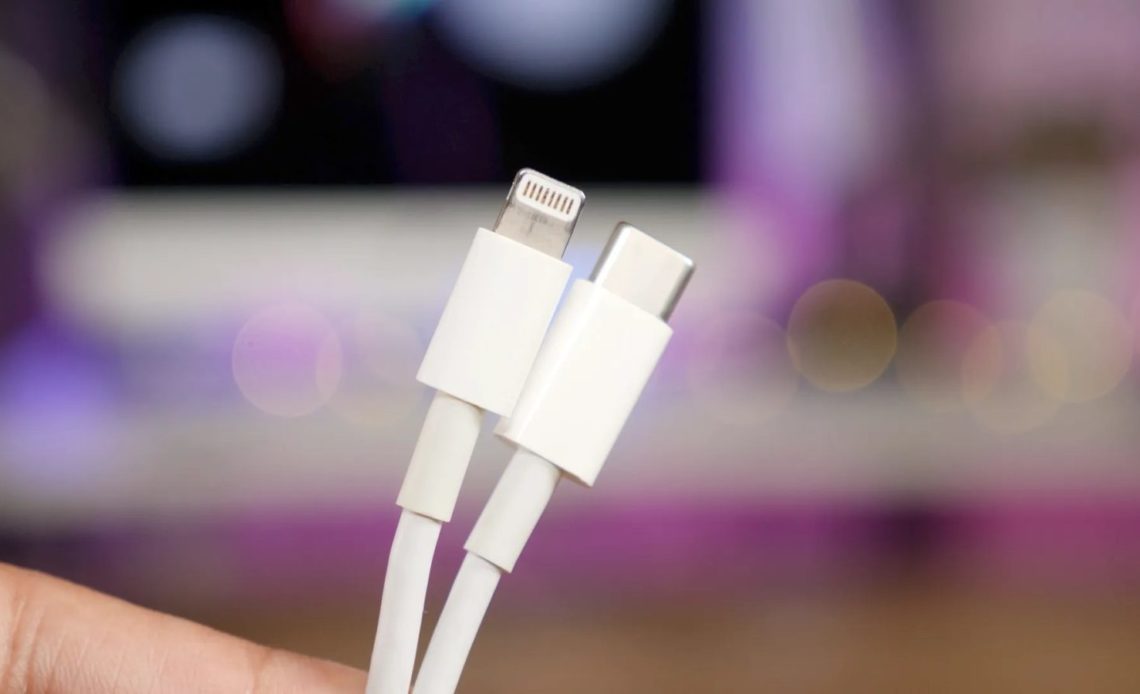Apple has been attached to the lightning connector to fill the iPhone for years, one decade to be exact. But it is difficult to see companies extending the use of their technology in the near future. There are many reasons to suggest that change is too late, but it feels like Apple is forced to transition to more advanced technology by external forces.
When you compare lightning with USB C technology, the difference is proven. You can easily get fast charging support up to 150W on an Android smartphone thanks to USB C. While Apple continues to provide a small 20W charging support, even for the high price of the iPhone Pro Max.
And when you think that Apple decides to drop a charger from the box (which has now become a trend), the price gets one separately also adds to the company’s cash. 10 years Lightning connector shows us that the industry has moved to a new level, along the way from the standard microUSB, to the more advanced USB C for charging smartphones. Android phone makers have adopted this technology wholeheartedly, but Apple is encouraged to make changes, for various reasons.
You must realize that the European Union (EU) has approved the laws that mandate all mobile devices to have the same charger. This is likely to speed up the Apple road map to offer USB C on the iPhone, and analysts estimate that the changes can occur next year, which is 2023, when the iPhone 15 series will be launched.
Having a USB C as a standard filling port for the device allows people to bring a charger for all their needs. What doesn’t happen now, if you want to use Android and iPhone simultaneously. Lightning Connector also felt the date in the way it functions, and its limitations become clearer. Apple somewhere is aware of the needs. Besides, the new iPad Air and even the accessories come with USB C for charging, and not Port Lightning.
Make no mistake, lightning first from time in 2012 when introduced to the iPhone 5. Model. This is compact, the connector provides fast speed for data transfer and several other plus. But we are not sure whether the charging support for lightning has been limited by Apple, or due to lack of hardware compatibility.
Either way, Lightning must leave, and after 10 years in the market, Apple must accept that adopting USB C will only help its progress to the future, and also help the company justify not to provide a charger in the box, and make consumers pay premiums when they buy it Separately, which is a classic apple in many ways.

